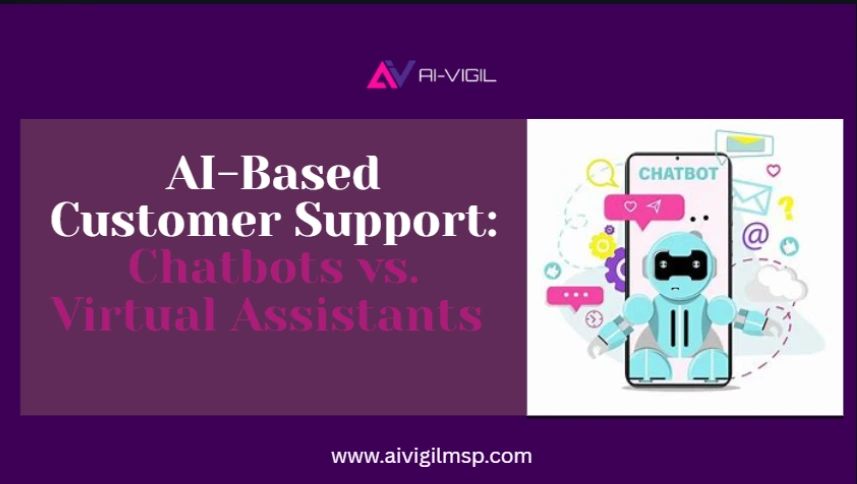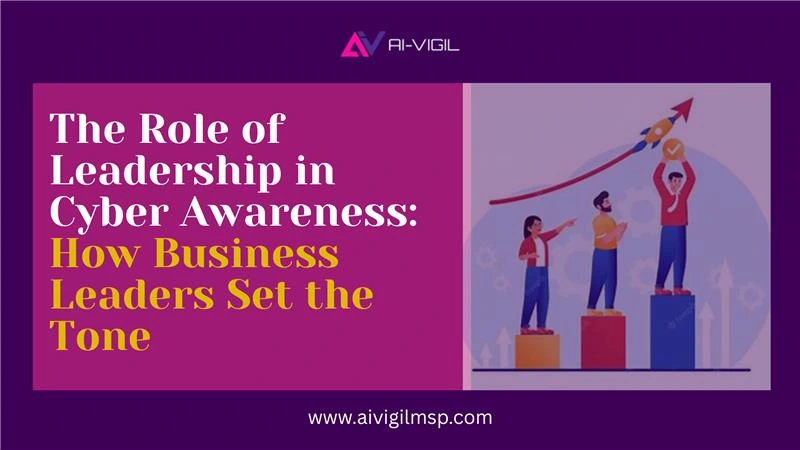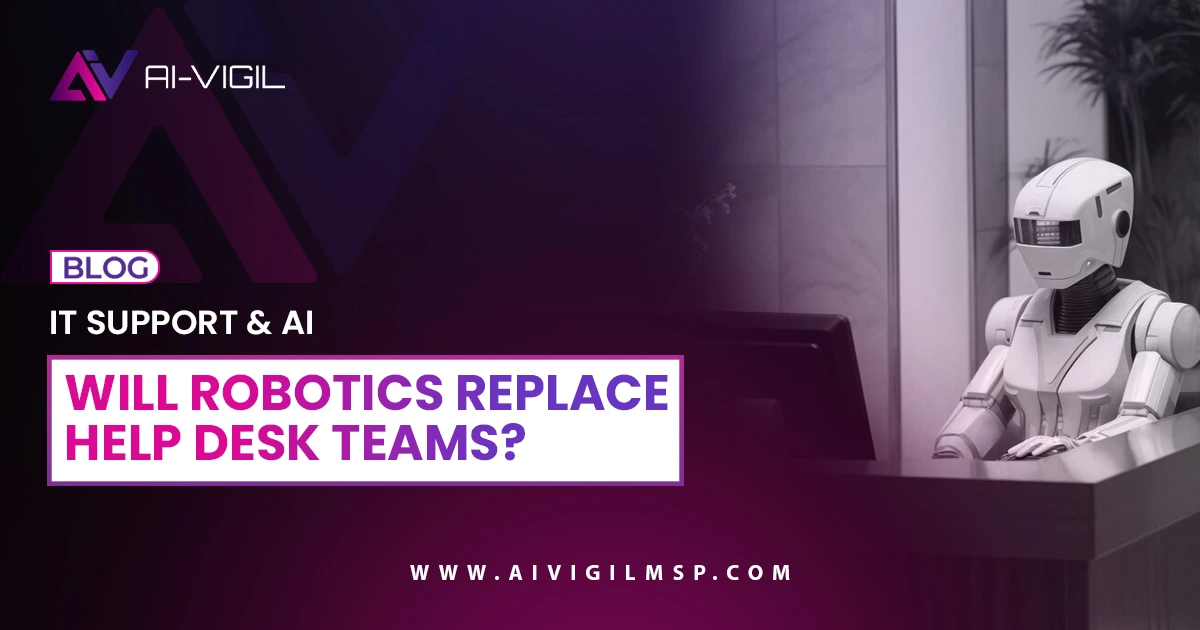You’re in a rush. You head to a website to ask a quick question. Within seconds, a friendly chat window pops up. “Hi! How can I help you today?” You type your issue, and… you’re stuck in a loop of robotic answers that don’t quite get it. Frustrating, right?
Now rewind. What if that same chat window understood your intent, responded like a real human, and even predicted your next question? That’s the difference between a basic AI chatbot and an intelligent virtual assistant—and in 2025, this difference is everything.
So, which one does your business need? Let’s break it down.
Defining the AI Players: Chatbots vs. Virtual Assistants
Let’s clear the air first: while the terms “chatbot” and “virtual assistant” are often thrown around interchangeably, they’re not the same.
· Chatbots are like entry-level employees: fast, helpful, and built for routine tasks. Think of them as menu-driven responders for FAQs, order tracking, or appointment booking.
· Virtual assistants (VAs), on the other hand, are the AI equivalent of an experienced team member. They’re context-aware, natural in conversation, and capable of performing multi-step tasks. Think Alexa, Google Assistant—or your business’s own tailored version.
In other words, chatbots answer. Virtual assistants understand.
The Power Shift in 2025—What Businesses Are Demanding
As of 2025, businesses are demanding more than quick replies. They need emotionally intelligent AI that can deliver:
· Intent-based responses
· Real-time learning from customer behavior
· Secure, integrated support across platforms
· Voice + text capabilities
That’s where intelligent virtual assistants (IVAs) take the lead.
In fact, according to a report by Gartner, over 70% of customer interactions will involve intelligent virtual assistants by the end of 2025—up from just 15% in 2021.
But does that mean you should abandon chatbots entirely? Not quite.
When Chatbots Still Win
If your business handles a high volume of repetitive queries—like refund policies, business hours, or shipping updates—basic chatbots are still your go-to.
They’re:
· Cost-effective
· Quick to deploy
· Low maintenance
· Available 24/7
For small businesses or startups, this simplicity is gold.
Need a no-fuss solution for ticket routing or appointment setting? A chatbot might be all you need. At TransCanada Tech, we help businesses build secure, reliable chatbot solutions that integrate seamlessly into their websites or helpdesks.
When Virtual Assistants Take Over
Let’s say you’re an e-commerce brand, a healthcare provider, or a managed IT services firm (like us). Your customers expect more than canned replies—they expect intelligence.
This is where virtual assistants shine. Imagine this:
· A user asks, “Can I upgrade my cloud plan?”
· The assistant identifies the user’s account, offers tailored upgrade options, and provides a cost breakdown—in one seamless conversation.
Now compare that to a chatbot that replies, “Please visit our pricing page.”
The experience is night and day. VAs offer:
· Natural Language Understanding (NLU)
· Predictive analytics
· Integration with CRMs and service platforms
· Multi-language support
With our AI support services at TransCanada Tech, we build and train VAs tailored to your business flow—so they don’t just respond, they resolve.
Hybrid Is the Future—Smart Layering
Here’s the insider tip: the smartest businesses in 2025 aren’t choosing one over the other—they’re combining both.
A layered approach looks like this:
· Chatbot handles FAQs and routing
· VA steps in for complex queries, upselling, and ticket resolution
· Human agent takes over only when needed
This method cuts costs, boosts customer satisfaction, and streamlines workflows.
At TransCanada Tech, we specialize in designing hybrid AI support systems with secure IT infrastructure—backed by our managed IT services and helpdesk monitoring. Explore our IT support solutions here.
Don’t Forget the Human Touch
No matter how advanced AI becomes, users still crave empathy. A key success factor for both chatbots and VAs is how “human” they feel. Language matters. Tone matters. UX matters.
Conclusion: So, Bot or Assistant?
Here’s the short answer:
· If your business deals with routine customer service tasks: Go chatbot.
· If you need contextual, intelligent, multi-platform support: Go virtual assistant.
· If you want the best of both worlds: Go hybrid—with expert guidance.
In 2025, AI support isn’t just about automation—it’s about experience. The right choice could be the difference between a satisfied customer and a lost opportunity.
Ready to build smarter AI into your business support system?
Let’s talk. We don’t just implement AI—we make it work for humans.





